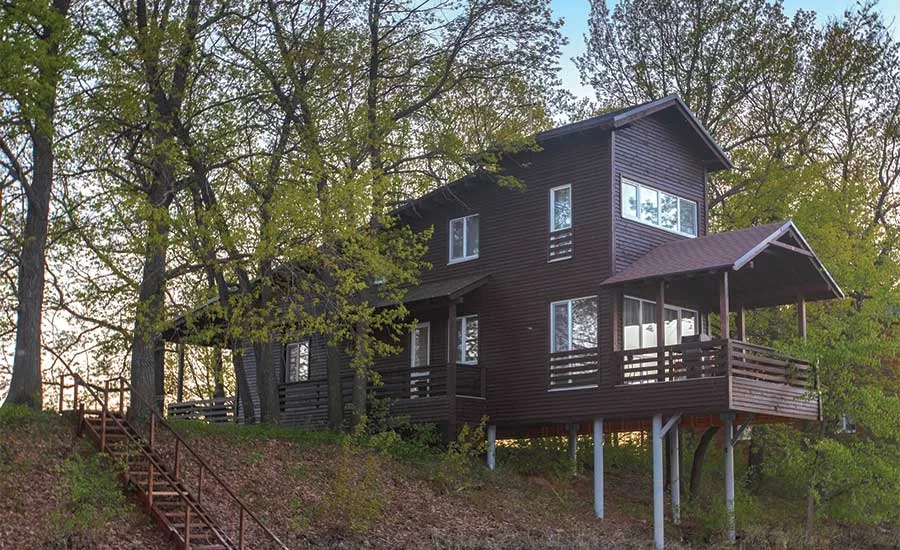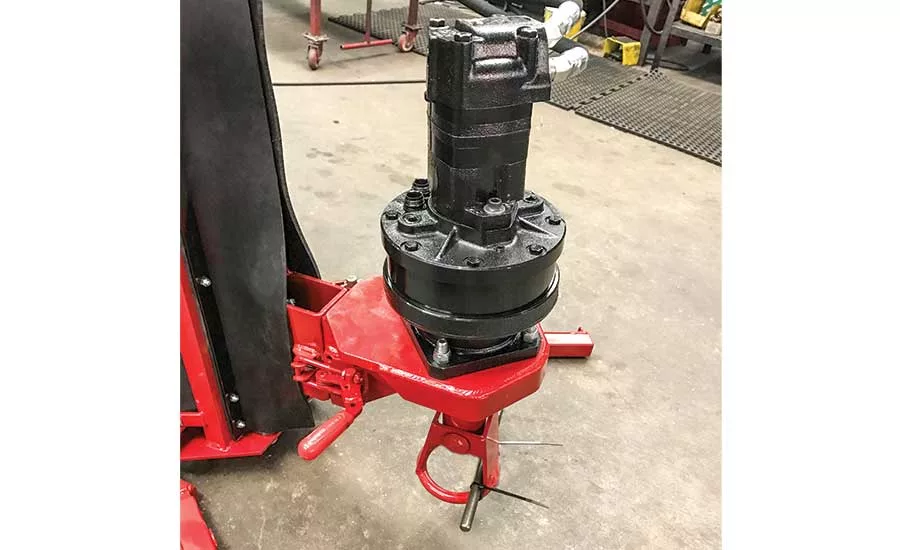Low Speed, High Torque Augers Handle Hillside Drilling Jobs


Foundation supports for hillside structures can be particularly challenging for drillers, but also an opportunity.
Source: Little Beaver photos

For most foundation and construction drilling applications, contractors can easily find equipment designed for the exact work they’re doing that falls within a reasonable price point for generating sufficient ROI. Occasionally, however, things don’t align quite as nicely, and finding a solution that’s efficient and economical can be a struggle.
Hillside homes and structures have presented a particular challenge for some of our customers. To provide adequate support for buildings that protrude from a hillside or mountain, large pillars are required to keep the structure stable. In many cases, contractors drill 16- to 18-inch-diameter foundation piers 20 to 25 feet into the sloping hillside to support the pillars.
Accessing the ideal location on the steep slope with equipment that’s powerful enough to complete the task can be problematic enough. And, for contractors who prefer to own their equipment and complete this type of work in-house as opposed to subcontracting it out, affordable options are even more difficult to come by.
Track-equipped foundation drills certainly have the power, but can be a significant investment. The cost of subbing the work out is also not cheap, nor always reliable. While both options ultimately work for most of these jobs, some locations present accessibility challenges due to the size of these machines. Some compact drill rigs — which are ideal for contractors who prefer to complete their own soil sampling and geotechnical site testing — are capable of drilling these foundation piers as well. That compactness and versatility helps contractors access challenging locations, save money and complete jobs faster.
Recently, we developed a solution for customers who were looking to expand the capabilities of their Big Beaver drills. Using the compact drills to keep expenses down by completing geotechnical testing and related work in-house, they saw the possibilities the drills provide for construction applications. At a mere 26-inches wide, this particular drill can be wheeled and operated by a single individual, allowing access to locations that large tracked-rigs and trailer-mounted drills can’t reach.
Since drills this size are typically purchased to operate 6-inch augers for soil sampling applications, powering 18-inch augers to drill 20- to 30-foot foundation piers on rocky hillsides may seem like a stretch. However, by adding an optional gearbox reduction for the compact rig, we were able to slow the auger speed and increase the torque to nearly double the drill’s standard torque.
Now, with the right auger extensions, contractors can go as deep as 32 feet with an 18-inch auger, depending on soil conditions. Even though many of these drills already have the necessary torque to operate large-diameter augers, it’s important to confirm that the drill is capable of drilling to the proper depth. As is the case with many hills and mountainsides, soil conditions can be particularly rocky compared to the average suburban development. To be sure, it’s best to check with your drill’s manufacturer before trying to complete a job such as this.
If you own a compact soil-sampling rig, it’s worth checking whether there are additional applications that could take your operation to new depths — or heights.
Looking for a reprint of this article?
From high-res PDFs to custom plaques, order your copy today!




